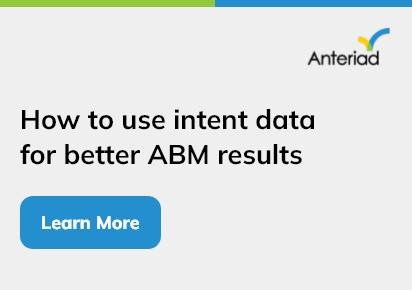In today’s competitive digital landscape, businesses must go beyond generic marketing strategies to stand out. The key? Leverage customer data for personalized marketing to create highly targeted and engaging campaigns. By analyzing customer behaviors, preferences, and interactions, brands can deliver tailored experiences that boost engagement, conversions, and customer loyalty.
Also Read: How to Boost Your Business with Data Analytics Training
Why Personalized Marketing Matters
Customers expect brands to understand their needs. A one-size-fits-all approach no longer works. Personalization helps businesses:
- Increase engagement with relevant content
- Improve conversion rates with targeted offers
- Build stronger relationships with customers
- Enhance customer loyalty through better experiences
Now, let’s explore how to effectively leverage customer data for personalized marketing.
Collect and Organize Customer Data
The first step is gathering data from multiple sources, including:
- Website analytics (user behavior, page visits, and time spent)
- Social media interactions (likes, shares, and comments)
- Email engagement (open rates, click-through rates)
- Purchase history and browsing habits
- Customer surveys and feedback
Using a Customer Data Platform (CDP) or Customer Relationship Management (CRM) system can help organize and analyze this data efficiently.
Segment Your Audience
Not all customers have the same needs. Segmenting customers based on demographics, behavior, location, or past purchases helps businesses deliver more relevant content. Common segmentation strategies include:
- Behavior-based: Frequent buyers, one-time visitors, or abandoned cart users
- Demographic-based: Age, gender, income, or job role
- Interest-based: Customers who prefer specific product categories
Create Personalized Campaigns
Once you have segmented data, you can craft targeted marketing strategies.
- Email Marketing: Send customized product recommendations or exclusive offers based on past purchases.
- Dynamic Website Content: Display personalized landing pages or special discounts based on browsing history.
- Retargeting Ads: Show ads for products customers viewed but didn’t purchase.
- Chatbots & AI Assistants: Use AI-driven chatbots to offer real-time recommendations.
Use AI and Automation for Better Results
Artificial Intelligence (AI) and automation tools help scale personalization. AI-driven predictive analytics can forecast customer behavior, enabling brands to suggest relevant products before customers even realize they need them. Marketing automation ensures timely engagement through triggered emails and notifications.
Continuously Analyze and Optimize
The final step is tracking your personalized marketing efforts. Use A/B testing, conversion rate analysis, and customer feedback to refine strategies. Optimizing campaigns based on real-time insights ensures sustained success.
Final Thoughts
To succeed in today’s digital world, brands must leverage customer data for personalized marketing to create meaningful and relevant customer experiences. By collecting the right data, segmenting audiences, using AI, and continuously optimizing campaigns, businesses can maximize engagement and drive more conversions.



